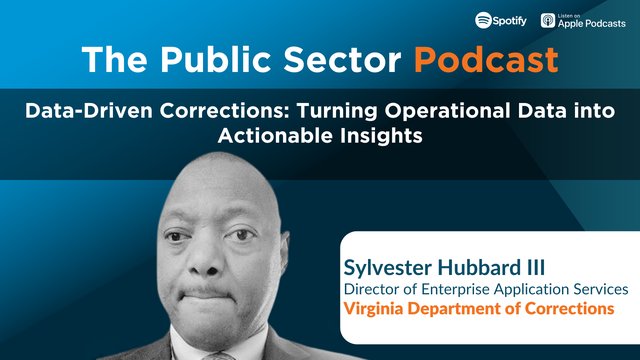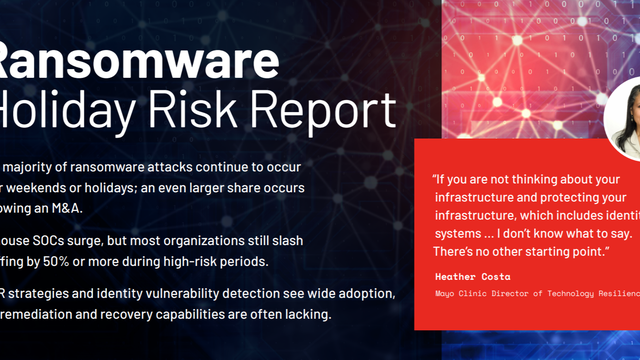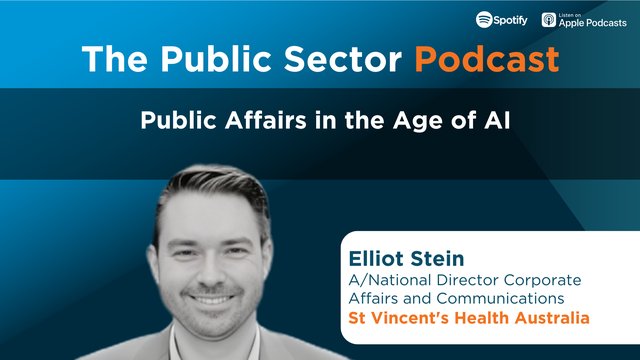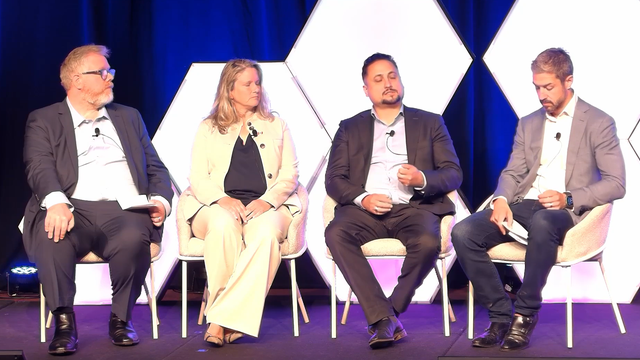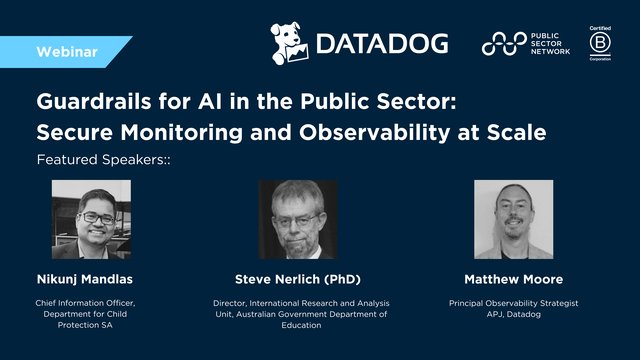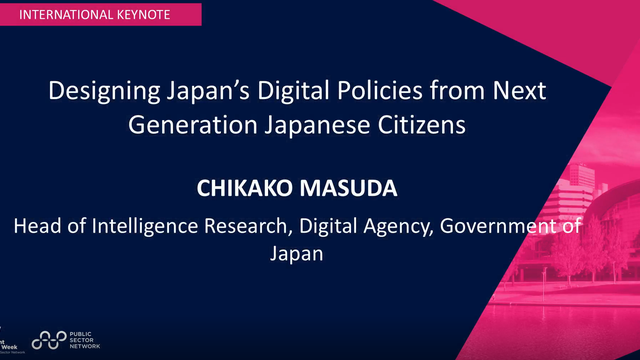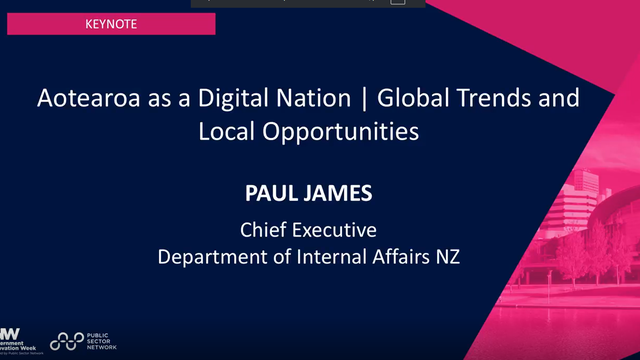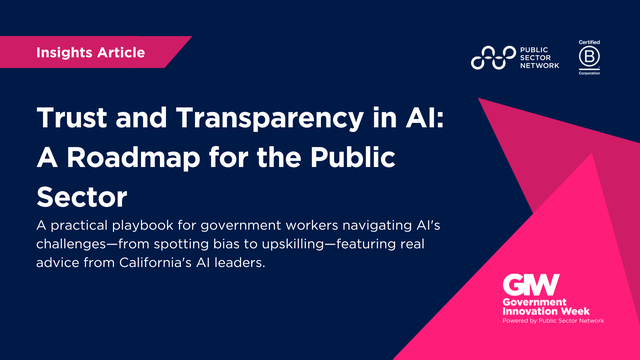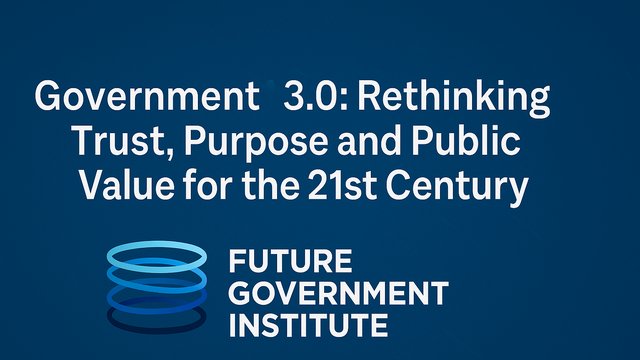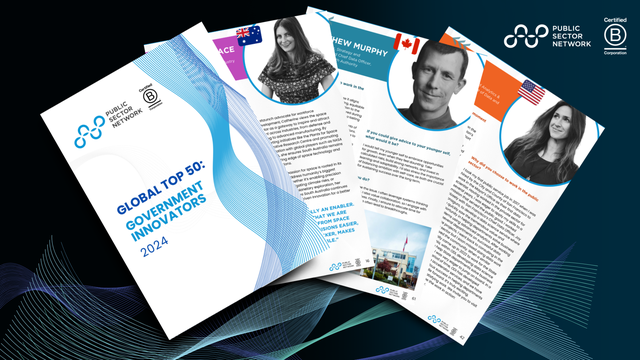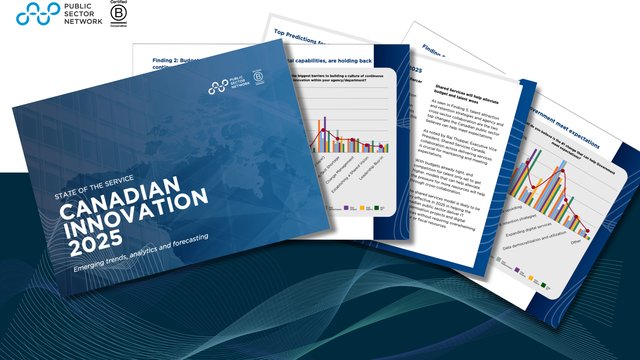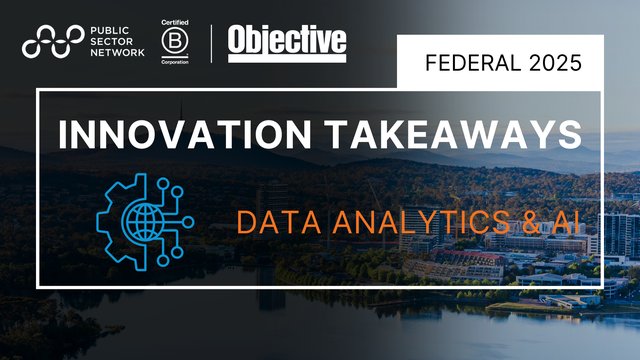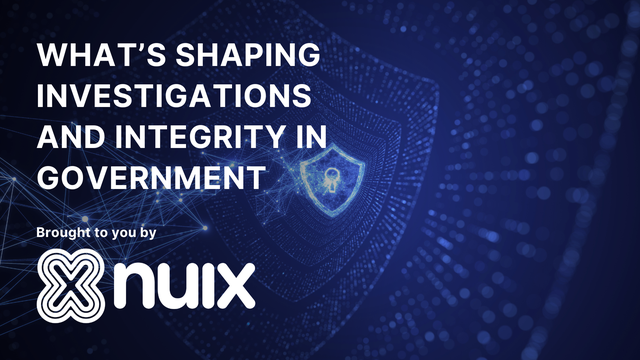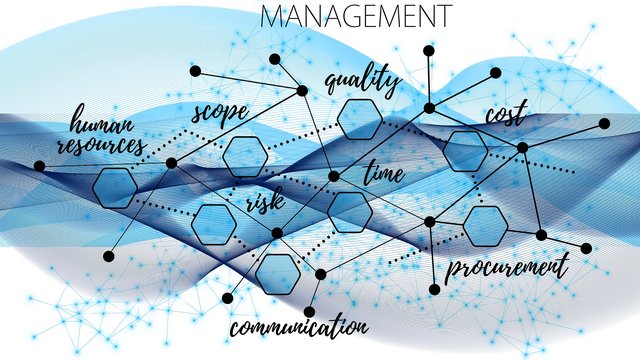
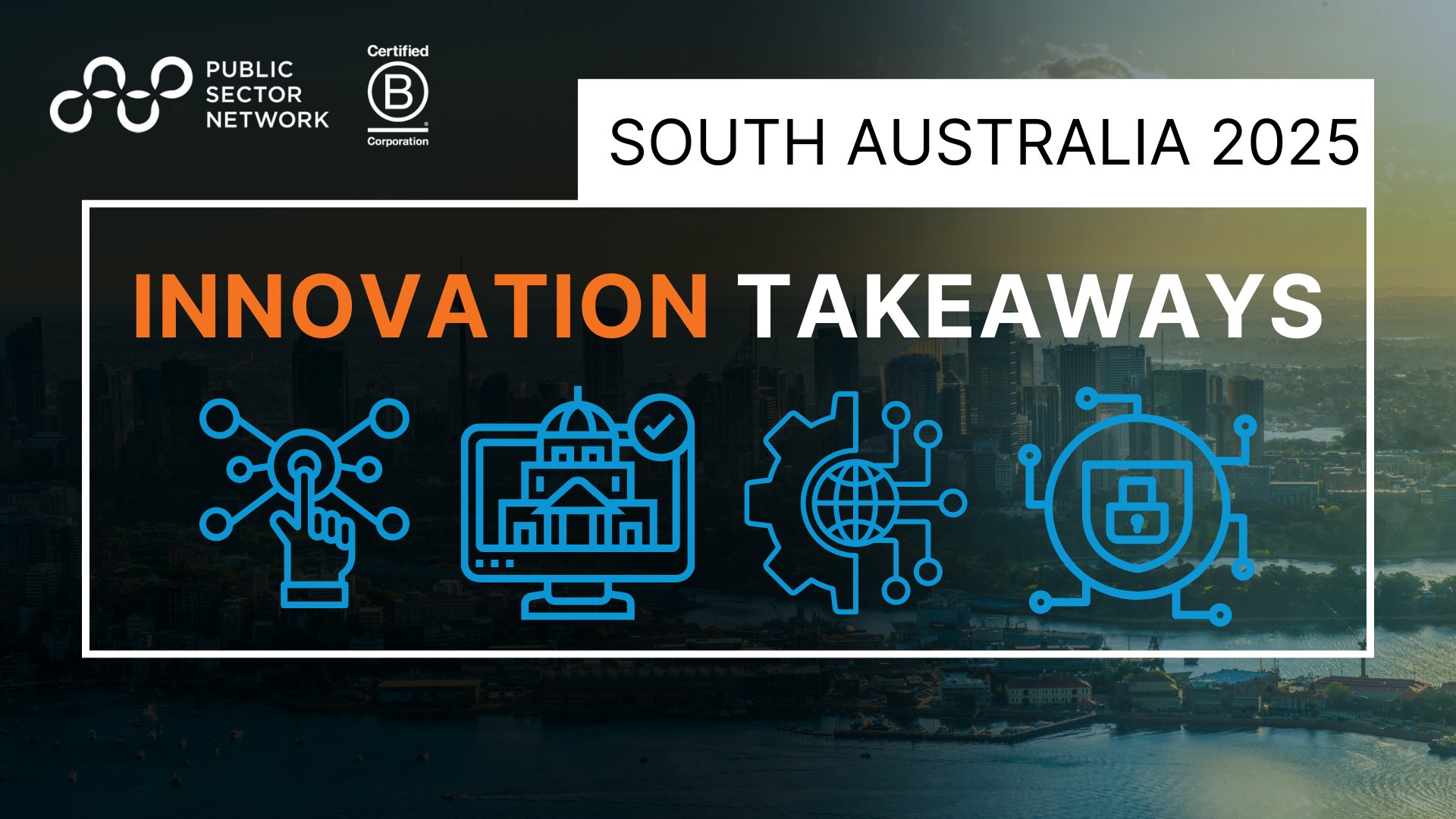
Ministerial Address
Hon. Stephen Mullighan MP, Treasurer, Minister for Police, and Minster for Defence and Space Industries
Public Sector Innovation Amid Budget Constraints
Governments face increasing demands from communities while operating under tighter fiscal conditions post-pandemic. Investing in innovation and technology is crucial for improving public sector productivity and service delivery despite limited resources.Artificial Intelligence as a Strategic Tool
South Australia is proactively exploring AI in government operations, leveraging expertise from the University of Adelaide’s machine learning institute. AI is viewed as a tool to enhance public sector efficiency rather than replace the workforce, with trials ensuring compliance with data sovereignty, privacy, and cybersecurity considerations.Digital Innovation Fund Driving Tech Adoption
South Australia’s Digital Innovation Fund, now exceeding $200 million, streamlines ICT procurement and fosters collaboration between agencies and private-sector suppliers. The fund supports ongoing investment in technology, ensuring public sector agencies have access to modern, fit-for-purpose solutions while strengthening the local innovation ecosystem.
Accelerating Smart, Simple, Connected and Secure Services Within SA Government – Assessing 2025 Priorities for Next-Gen Service Delivery and Innovation Capabilities
Will Luker, Acting Government Chief Information Officer, Department of Treasury and Finance
Strategic ICT coordination improves efficiency
South Australia’s approach to shared digital infrastructure has reduced duplication and improved service delivery across government. Initiatives such as the StateNet network and whole-of-government email system demonstrate the benefits of coordinated ICT investment.Cyber security and digital investment are government priorities
The South Australian Government’s cyber security watch desk has expanded to provide support beyond state government, including national response efforts. The Digital Innovation Fund, now exceeding $200 million, is supporting whole-of-government transformation by funding collaborative ICT projects that strengthen service delivery and security.Balancing centralised and agency-led digital initiatives
While centralised ICT services improve efficiency, agency-led digital transformation is critical for delivering frontline services. The government is maintaining a balanced approach, supporting shared infrastructure while ensuring agencies can implement tailored digital solutions in areas such as policing, healthcare and education.
Leveraging Big Data and AI to improve intelligence collection and analysis
Franco Ucci, Senior Director, Cloud Platform Strategy, Oracle A/NZ
Russell Brewer, Associate Professor, University of Adelaide
Cloud-based data infrastructure enhances intelligence operations
The integration of AI and big data analytics is transforming intelligence work in law enforcement and security. Oracle’s cloud-based architecture provides scalable, secure, and high-performance data processing, allowing agencies to efficiently manage and analyse vast amounts of structured and unstructured data.AI-driven tools accelerate crime detection and investigation
The Adelaide Cybercrime Laboratory has developed AI-powered software to streamline intelligence gathering for law enforcement. By using biometric recognition, network analysis, and pattern detection, investigators can systematically analyse large digital datasets, reducing reliance on manual reviews and mitigating cognitive burden.Expanding AI applications for predictive security analysis
Future developments in AI-driven intelligence tools will integrate additional data types, such as financial transactions, chat logs, and geospatial patterns. These enhancements will enable law enforcement agencies to anticipate emerging threats, improve response strategies, and conduct more targeted investigations across jurisdictions.
International Keynote: Navigating Security Within the Emerging Technology Landscape
Dru Rai, Chief Information Officer & Director, ITS, The State of New York
Cyber security as a top priority in government IT
The New York State government operates a joint Cyber Security Operations Centre to monitor threats across state, city, and county agencies. AI-driven threat detection and real-time monitoring play a key role in managing cybersecurity risks, particularly in resource-limited local jurisdictions.AI adoption with a strong focus on ethics and data security
New York is developing an enterprise-wide AI environment to train models on government data while ensuring data privacy and compliance. Policies mandate human oversight in AI-driven decision-making for citizen services, maintaining transparency and accountability.Building a customer-centric digital government
A dedicated Chief Customer Experience Officer is driving improvements in digital service delivery. Streamlining government processes, reducing paperwork, and making services more accessible are key priorities to enhance citizen experience.
The Importance of Security in Innovation, and Innovation in Security
Dru Rai, Chief Information Officer & Director, ITS, The State of New York
Dan Hatfield, Client Partnership Executive for South Australia, UST

Cyber security is a collective responsibility
The increasing sophistication of cyber threats, including state-sponsored attacks and organised cybercrime, requires a ‘zero trust’ approach. Governments and organisations must foster a culture of cyber awareness, sharing intelligence and collaborating across agencies to mitigate risks.Balancing innovation and security in digital transformation
As AI and cloud technologies drive innovation, security risks must be proactively managed. Governments should adopt risk-based approaches, implementing robust data protection measures while allowing for secure innovation to improve service delivery.Prioritising security investments for maximum impact
With budget constraints, governments need to strategically allocate resources to areas of highest risk. Leveraging AI-driven threat detection, anomaly monitoring, and proactive cyber resilience strategies can maximise security impact while maintaining cost efficiency.
Encapsulating and Executing the Vision for a Simple, Sophisticated and Trustworthy SA Public Service
Professor Martin Westwell, Chief Executive, Department for Education
Dr Robyn Lawrence, Chief Executive Officer, Department for Health and Wellbeing
Balancing simplicity and complexity in service delivery
Achieving simple services requires sophisticated solutions that streamline access while maintaining adaptability. In healthcare, this means integrating digital pathways for patient care, while in education, it involves empowering localised decision-making to meet diverse student needs.Technology must enhance, not hinder, frontline workers
While digital transformation promises efficiency, poorly designed systems—such as overly codified medical records or rigid education policies—can increase complexity for frontline staff. Effective co-design with end users ensures technology solutions genuinely improve workflows and service outcomes.Building trust through governance and adaptability
Trust in healthcare and education services relies on transparency, strong cybersecurity measures, and responsive governance. Leaders must foster a culture of continuous learning, ethical AI adoption, and regulatory alignment to maintain trust among staff, students, patients, and the wider community.
